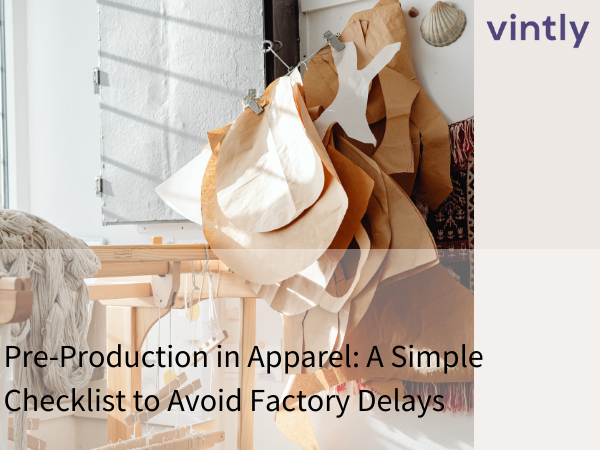How to Improve Forecast Accuracy with a SaaS Supply Chain Platform
Introduction: Why Forecast Accuracy Matters More Than Ever
In today's volatile market, forecast accuracy isn't just a nice-to-have — it's a business imperative. With shifting consumer demands, global disruptions, and increasing pressure on working capital, accurate forecasting can be the difference between growth and stagnation.
According to McKinsey & Company, companies that optimize their demand forecasting can reduce inventory costs by up to 20% and increase product availability by 10%–15%. So how can mid-sized businesses get there? The answer lies in a SaaS supply chain platform.
What Is Forecast Accuracy (And Why You’re Probably Underestimating It)?
Forecast accuracy is a metric that measures how close your demand forecasts are to actual sales. It’s often measured using methods like MAPE (Mean Absolute Percentage Error) or WAPE (Weighted Absolute Percentage Error).
Despite its importance, many companies either don’t track it or underestimate how poor their forecasts really are. This leads to:
- Overstocking and tied-up capital
- Stockouts and lost sales
- Excessive rush orders and emergency shipments
The Traditional Forecasting Challenges
Most businesses still rely on manual spreadsheets, email chains, and legacy systems. While these tools may be familiar, they lack the capabilities needed for dynamic forecasting, including:
- No real-time updates
- Siloed data from different departments
- Time-consuming manual data entry
- No AI or predictive analytics
If you're still forecasting with Excel, read: Eliminate Spreadsheet Nightmares and meet SaaS
How a SaaS Supply Chain Platform Improves Forecast Accuracy
Here’s how modern SaaS platforms elevate forecasting:
1. Real-Time Data Synchronization
Integrate data across your entire supply chain — from suppliers and sales to production and delivery. Real-time visibility ensures your forecasts are always based on the latest inputs.
2. AI and Machine Learning Forecasting
Many platforms use predictive analytics to model demand based on trends, seasonality, and even external factors like weather or market shifts.
Explore solutions like:
🔗 Oracle SCM Cloud
🔗 Logility Demand Planning
3. Scenario Planning
Run “what-if” scenarios to model the impact of supply disruptions, demand surges, or new product launches — so you’re prepared for any outcome.
4. Historical and Market Data Integration
Platforms can blend internal sales data with third-party market intel for sharper, data-backed projections.
Real-World Results: A Case Study Snapshot
A mid-sized furniture company using a SaaS supply chain platform saw:
- 37% improvement in forecast accuracy
- 22% increase in product availability
- 18% reduction in emergency shipments
This allowed them to reduce waste, improve cash flow, and satisfy customer demand more reliably.
How to Get Started: 4 Practical Steps
- Audit your current forecasting process.
Identify inefficiencies and what data you’re currently using. - Define what success looks like.
Choose the right KPIs to track (e.g., forecast accuracy, service level, inventory turnover).
Masterclass: Overcoming Data Challenges for Better KPI Performance - Choose a SaaS solution that fits your industry and size.
Consider ease of integration, scalability, AI features, and collaboration tools. - Run a pilot program.
Test forecasting improvements on one product line or geography before scaling company-wide.
Final Thoughts
Forecasting isn’t about guessing anymore. A SaaS supply chain platform gives you the tools to make smart, data-driven decisions that reduce stockouts, cut costs, and improve customer satisfaction.
Whether you’re in apparel, home goods, or industrial manufacturing, now is the time to upgrade your forecasting engine and gain a competitive edge.
.png)


